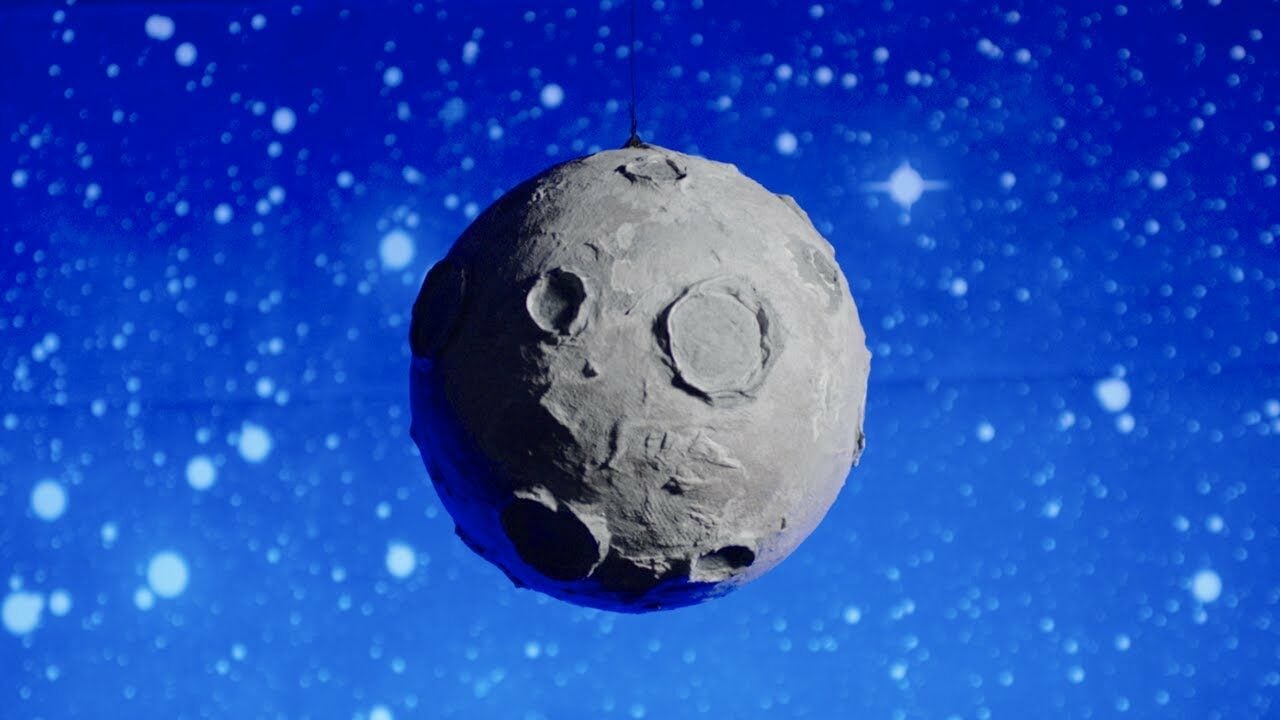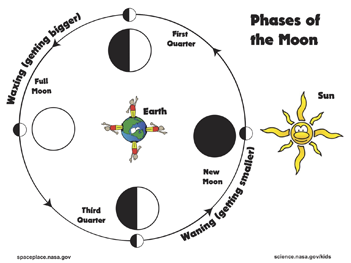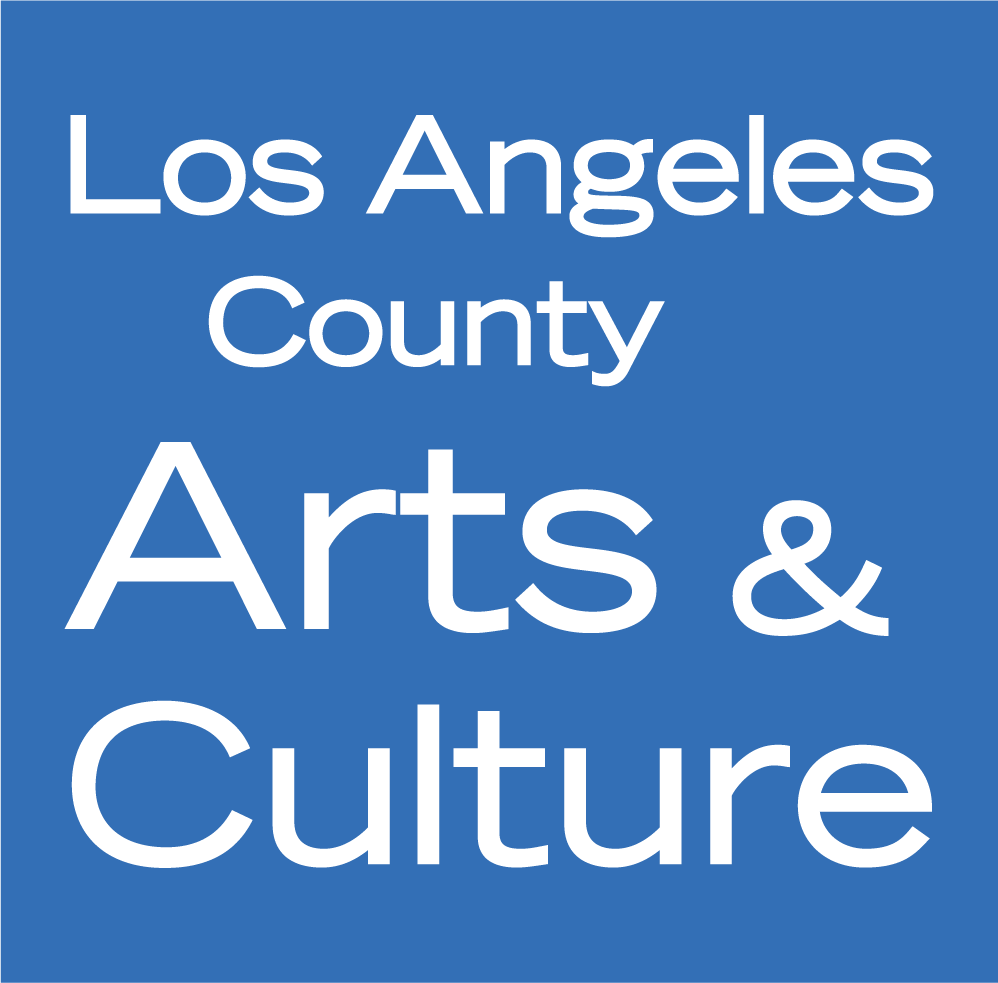Blue Moon

Have you ever heard the expression “once in a blue moon?” A Blue Moon is the name given to the second full moon in a calendar month, which only occurs every two to three years. This year we get to experience a Blue Moon on Halloween (which won’t happen again until 2039). To prepare for this uncommon lunar event, we’ve put together some ways to explore the Moon.
 Shadow Investigation
Shadow Investigation
Something about shadows naturally sparks curiosity about how our world works. They shift, change, mimic, and manipulate the shapes of objects and ourselves. Playing with shadows is a fun way to explore concepts like cause and effect, and it provides creative, kid-driven avenues for experimentation. This investigation also helps us learn how full moons happen!
Supplies
- Flashlight
- A small three-dimensional object of your choice (like a figurine or ball)
- Piece of white paper
Directions
- Place your piece of paper on a flat surface. Then place your object in the middle of the paper.
Doing this in a dark space and near a wall will create the best shadows. - Move the flashlight up and over your object in an arc (the way the sun moves across the sky).
What do you notice? Do the shadows change? How? - Now, change the position of your object and try moving the flashlight again.
Do any of the shadows look different? In what way? What do you think might be causing the shadow? - Set your flashlight down so that it is shining its light on one side of the object (this is like the sun, shining on the moon). Without moving the light or the object, walk around and view the object from different perspectives.
Do you notice one side of the object that is almost entirely in shadow? What about one side that is reflecting the light? When you move, does the shadow change? Or does the shadow change only when the light or object moves?
 Through this investigation, you might begin to notice that a shadow is created when something blocks light from falling on a surface. On a three-dimensional object, light from a single source (like a flashlight or our sun) isn’t able to touch the entire surface of the object at the same time. Part of the object will always be in shadow, and part of it will always be reflecting light.
Through this investigation, you might begin to notice that a shadow is created when something blocks light from falling on a surface. On a three-dimensional object, light from a single source (like a flashlight or our sun) isn’t able to touch the entire surface of the object at the same time. Part of the object will always be in shadow, and part of it will always be reflecting light.
This is how we see our moon, and why some nights it appears entirely dark (when we are viewing the side all in shadow) and why other nights it appears full (we are viewing the side in light). The moon is always there, but with different angles of the shadow on it each night.
 Some Light Learning
Some Light Learning
- Continue to experiment with shadows. Adjust the flashlight to see what happens when you hold the light low to the ground, versus angling it high above your object. Now try moving your flashlight closer to, or further away from your object.
- Try using a translucent, or semi-translucent, object. Do the light and shadows change? In what way? What might be happening?
- Add second flashlight. Before turning it on, make predictions based on what you have discovered about shadows, then turn it on to see what happens. How the shadows change? How do they stay the same?
- Go outside, and use your body to make shadows. Try tracing shadows at different times of day. Shadows will change as the sun changes its position as it moves across the sky, when are shadows longer? Or shorter?
The Dark Side of the Cookie
Sandwich cookies are a useful (and delicious) way to model what we learned about shadows to explore the phases of the moon! Models link information to a visual representation, and are powerful learning and communication tools for kids. They directly support visual and spatial areas of the brain, which are especially active in children, and provide kids an effective way to communicate ideas and concepts while they are still growing and developing the vocabulary and language skills.
Our view of the moon changes throughout the month, as it orbits around the earth. Like we explored above, sometimes we can see the part of the moon that is reflecting the sun’s light, and sometimes we can see the part of the moon that is in shadow.
Moon phases are when we transition from being able to see only shadow (no moon) to being able to see the full reflection (full moon) as the moon travels around the earth. The moon has 8 distinctive phases that occur every 28 days. 
Now let’s make these phases with cookies!
Supplies
- 4-8 sandwich cookies (like Oreos)
- Spoon (or any other tool you like to scrape frosting)
- Plate
Directions
- Slowly twist the two halves of the cookie to separate them. Do your best to keep all the frosting on one half of the cookie! Helpful hint: Let the cookies cool in the refrigerator for a few minutes before doing this.
- Use a spoon or popsicle stick to scrape a portion of the frosting off the cookie, forming each phase of the moon pictured above.
- You should end up with:
- One cookie face with no frosting
- One cookie face with full frosting
- 2 cookie faces with frosting on only half the cookie
- 2 cookie faces with frosting on only a quarter of the cookie (try to keep the remaining frosting into a crescent shape)
- 2 cookie faces with three-quarters of frosting (scrape off a crescent shape of frosting)
- Now arrange the cookies in order of the moon phases:

- New Moon – no frosting
- Waxing Crescent – crescent of frosting on the right side
- Waxing Half (First Quarter) – half frosting on the right side
- Waxing Gibbous – ¾ frosting on the right side
- Full Moon – full frosting
- Waning Gibbous – ¾ frosting on the left side
- Waning Half (Last Quarter) – half frosting on the left side
- Waning Crescent – crescent of frosting on the left side
Want to Phase in More Learning?
- After making your moon phases, see if you can recreate them using a ball, and what you know from the shadow investigation above!
- Want to know what phase the moon is in right now? If it’s too dark to take a peek outside, check out NASA’s Here’s what the Moon looks like right now from Earth tool!
- More than just cookies can be used to explore moon phases, check out Breakfast Moon, written by Meg Gower and Illustrated by David Barker. Our partners over at NiSE net have let us use this free Breakfast Moon and included an Breakfast Moon Spanish Translation. You can also purchase it here, where you can also download moon journal pages of your own!
- Make your own Moon Phases Calendar and Calculator with this cool printable from our neighbors over at JPL.
 Blue Moon Viewing
Blue Moon Viewing
We’ve partnered with our friends over at JPL to put together tips and tricks for Blue Moon viewing, a great opportunity to practice observations skill and spend time outside. While both of these come with benefits to brains and bodies, we particularly like that it’s a way to explore nature and science while spending time together.
On Halloween you will see a Blue Moon, but not a blue colored Moon – expect something more of a pearly-gray color. So why is it called a Blue Moon? Scientists think the name come from the year 1883, when an Indonesian volcano names Krakatoa erupted and sent ash all the way into the top layer of the Earth’s atmosphere. This created a filter, causing the light reflecting off the moon appear blue to those of us looking up from the earth’s surface.
Supplies
- NASA Moon Map
- Warm layers and a blanket – it can get chilly in the evenings!
- Optional:
- Binoculars (or, if you have one a spotting scope or telescope)
- Folding chairs and/or picnic blanket to sit on
- Snacks and drinks
- Flashlight (helpful hint, cover it with a red film or tissue paper to help your eyes adjust to the dark more easily!)
Directions
- Before going outside, take a look at the Moon Map to get familiar with what you might be able to see. The moon rotates as it orbits the earth, so the locations of each feature on the map not be in the exact same location.
- Go outside and get comfortable! Or, you may be able to turn off lights in your home and see the moon out the window.
- Use your naked eyes to view. What can you see? Can you spot the brighter, light colored highlands? What about the circular features that are darker?
- If you have them, take a look at the Moon with your binoculars (or other scope). Now what do you notice? Share and describe what features you can see.
- Check the Moon Map, are you able to locate any of these features?
If you can’t, that’s okay! Some will be tricky to spot if you don’t have binoculars or a scope, and others may just not be as easy to see right now. This map can always be saved and used for other full moons, so you can keep looking for features as you get more familiar with the Moon’s topography and some areas become more visible.
More on Lunar Learning
- We’ve provided a short version of NASA’s full Moon Viewing guide above. Check out the full version here NASA Moon Viewing Guide, which is full of information, activities, and more! Or check out their online version.
- Mark your calendars for the 2021 International Observe the Moon Night.
To view all our Halloween blogs and more, click here.
 This program is supported, in part, by the Los Angeles County Board of Supervisors through the Los Angeles County Department of Arts and Culture.
This program is supported, in part, by the Los Angeles County Board of Supervisors through the Los Angeles County Department of Arts and Culture.

